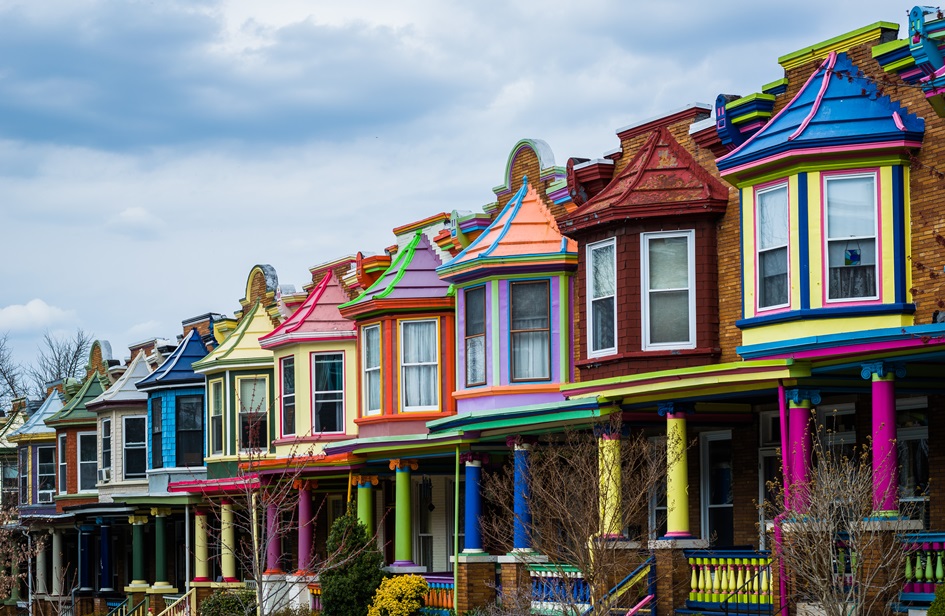The holy grail of successful neighborhood revitalization is a vibrant community in which lower income homeowners and renters of all races can enjoy the increased quality of life, better services and increased wealth of revitalization without being booted in the process.
“Yes to positive change” but “No to displacement” requires an intricate combination of investment resources, protections for homeowners and renters and the willingness to accept change in the community.
Why isn’t there enough new quality affordable housing? Usually, because it needs subsidies and there aren’t enough funds. Low income housing is today created by for profit or not for profit organizations with the help of a complicated set of financing and tax credit options.
The result is that in all major cities tens of thousands sit on waiting lists for affordable housing or vouchers to the point that there is a veritable national affordable housing crisis. In short, the supply pipeline of new affordable housing is far outstripped by demand from the loss of public housing and units that have lost their rent restrictions. Thus any increase in affordable market rate rents create a big problem.
This is how cities like Baltimore which see no growth and very little in terms of “gentrification” still have a housing crisis, or better, an affordability crisis. This is especially true if affordability isn’t only expressed in dollars (i.e the area median income (AMI) but in % of a renter’s income.
It is obvious that communities with high levels of poverty have many renters who pay in excess of the 30% of their income on rent. HUD sees that as the limit, after which a household becomes “rent burdened”.
To avoid displacement, rent and tax restrictions need to be combined with means to maintain or build more affordable housing.
On the one side there are private profit-oriented funds, and on the other side there are community-based funds, which are driven by the community, benefit and provide funds from publicly controlled resources. Investment funds which are paired with Community Land Trusts promise a stronger focus on control and social benefits.
A plan for an affordable housing fund is concurrently proffered by the Baltimore city council president who wants to levy a tax on the real estate transfer taxes for it. Even one of the candidates for governor of Maryland got recently into the act with a detailed housing plan for Baltimore. Equity advocates are skeptical. Even non-profits are not trusted since so many of them are not accountable.
Photo of row houses on Guilford Avenue in Charles Village, Baltimore, Maryland via Adobe Stock.

